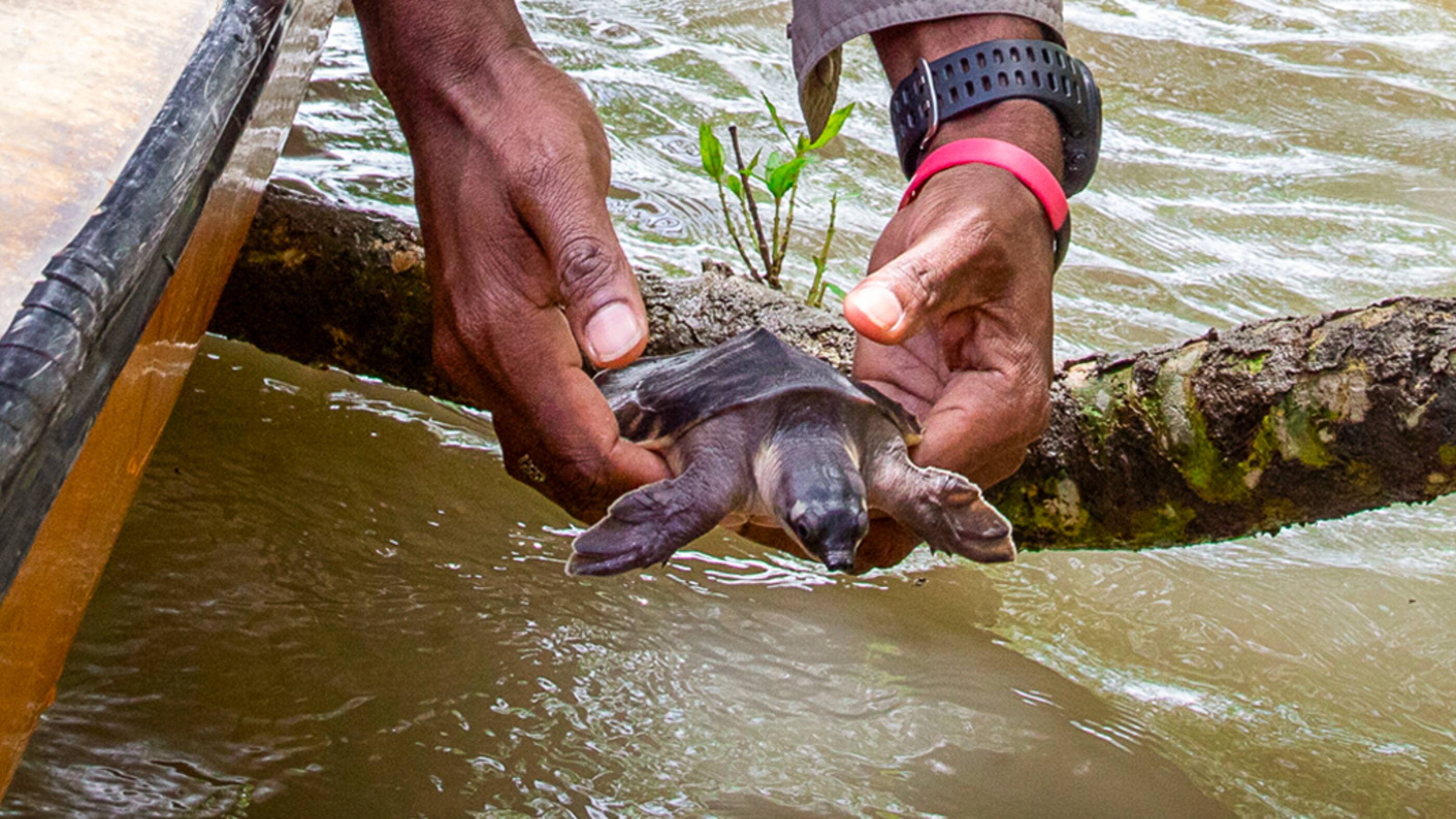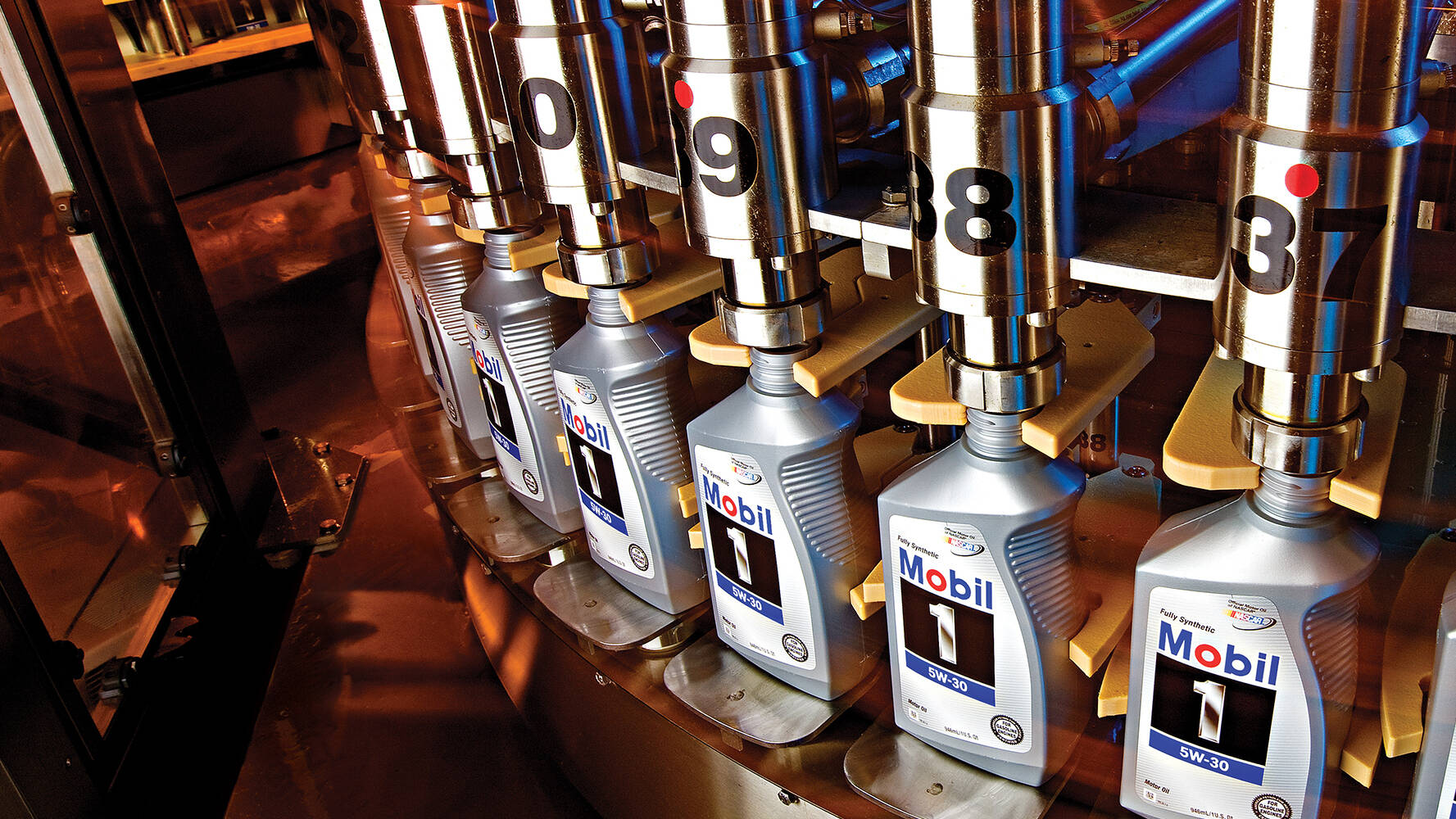selected item
Advanced recycling: A different way to handle used plastics
Only 9% of plastics are recycled globally, according to the Organization for Economic Co-operation and Development (OECD). Can we improve that rate while creating a circular plastics lifecycle? Here’s how our advanced recycling program can help meet the challenge.
Traditional mechanical recycling faces several challenges; most notably, certain types of plastics that are hard to recycle using current processes. Globally, the OECD estimates that only about 9% of all plastics produced are currently recycled. While the first step needs to be investment in municipal collecting and sorting, we see a huge opportunity that advanced recycling can help address.
We’re working on solutions that can break down hard-to-recycle plastics to form brand-new building blocks that can create a certified circular life cycle for both commercial and consumer plastics.
Why are some plastics hard to recycle? Traditional mechanical recycling has difficulty removing oils, grease or food waste, so many food and oil-based product containers have to be discarded, usually to a landfill. Another factor is the packaging itself. When packaging has multiple layers of different types of plastics and other materials, it can’t go through the traditional mechanical recycling process.
For example, a chip bag may have a plastic outer layer and an aluminum inner layer. This combination of materials can’t be effectively separated by traditional machines. Advanced recycling solves these issues by breaking down materials to their molecular level. These “refreshed” molecules then become the raw materials used to make brand-new plastics and other valuable products. It truly gives a new life to plastic waste.
Advanced recycling can help society recycle a greater share of the products we use every day. It’s a solution that can improve recycling rates for plastic waste and support a more circular economy while also providing the opportunity for lower relative emissions. And it can be scaled and replicated across the globe to increase the amount of plastic material that can be made into new products.
Here’s how it works.
1. Collection


2. Sorting
Today, plastics are sorted for either mechanical recycling or landfill. Advanced recycling opens a new path for difficult-to-recycle plastics like chip bags and even artificial turf to be diverted to plastic recovery facilities.
3. Shredding and processing
Once diverted from landfill, the plastics are sorted, shredded and processed to meet the physical and chemical specifications for mechanical or advanced recyclers. Plastics that are more difficult to recycle are sent to advanced recycling facilities.


4. Rebuilding
At an advanced recycling facility, the plastics are converted into liquid and gas molecules - the raw feedstock needed to make valuable new products, like ExxonMobil's certified-circular polymers.
5. New plastics
These building blocks can be used to create a variety of new products. Our Baytown, Texas facility has 40,000 metric tons (80 million pounds) of processing capacity, and we have plans to build 500,000 metric tons (1 billion pounds) globally of advanced recycling capacity by the end of 2026.


6. Circular plastics
Explore more
Report archive
Download past versions of our Sustainability Report, formerly the Corporate Citizenship Report.Sustainability Report

Metrics and data
We assess our performance to support continual improvements throughout the company.
Sustainability and reports Report
.jpg)
Performance
Sustainability Report
.jpg)
Sustainability
Sustainability Topic
Minimizing operational waste
Everyone at ExxonMobil plays a role in reducing operational waste. Our use of a “waste mitigation hierarchy” prioritizes waste avoidance when feasible, and when waste is unavoidable, we work to reduce, recover, or reuse it whenever possible.
We aim to dispose of waste only if other options have been exhausted, and we have robust processes to select waste sites that meet our high standards and expectations. Our global network of lubricants blending and packaging plants have a Zero Waste to Landfill Silver validation from Underwriters Laboratories. We were the first petroleum products company to receive this status by diverting from local landfills over 90% of waste produced in our global plant network.
Sustainability Report
.jpg)
.jpg)
.jpg)
.jpg)
.jpg)
.jpg)
.jpg)
.jpg)
.jpg)
.jpg)
.jpg)
.jpg)
.jpg)
.jpg)
.jpg)


.jpg)
.jpg)